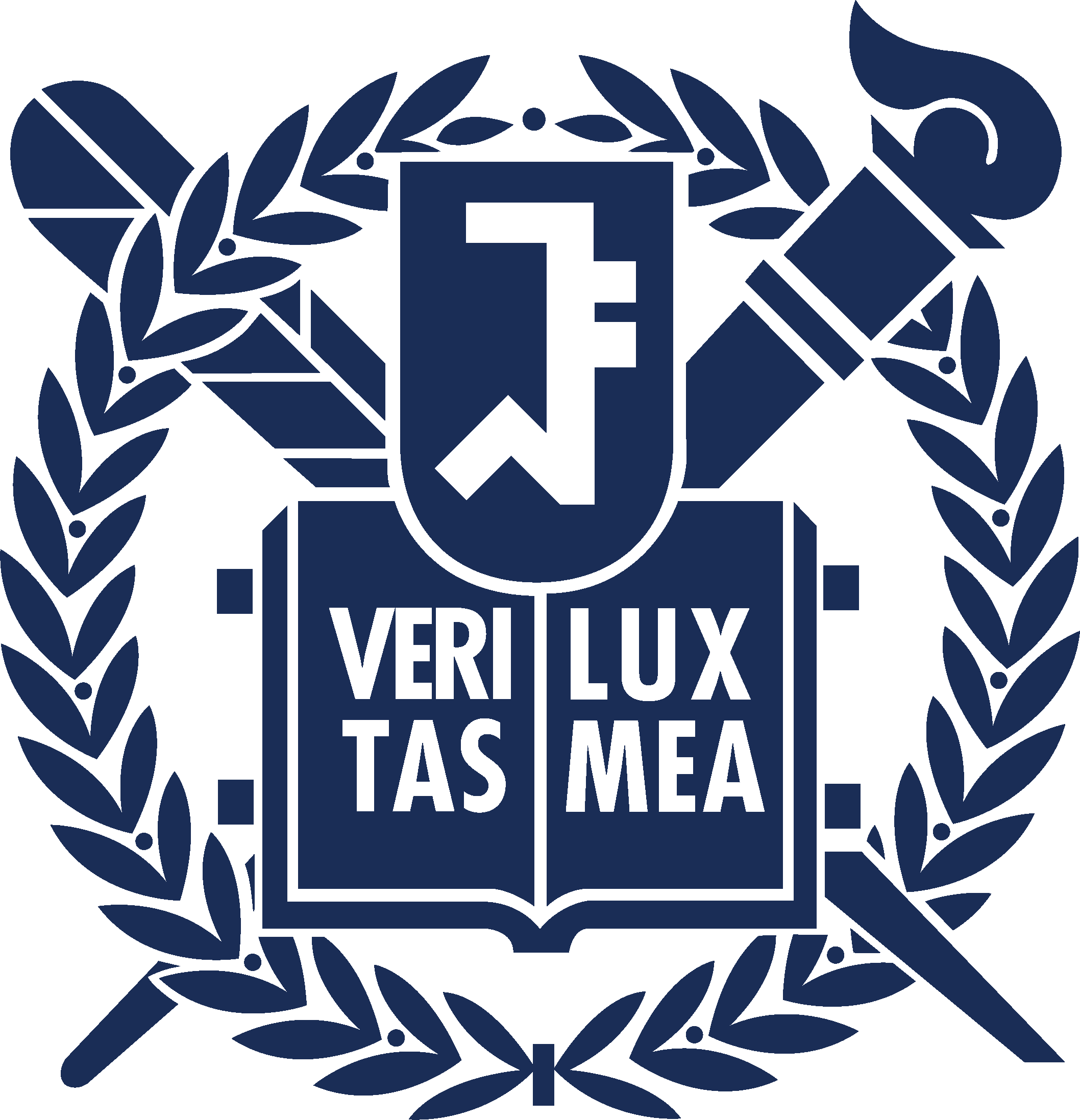연구분야
시스템 아키텍처 설계
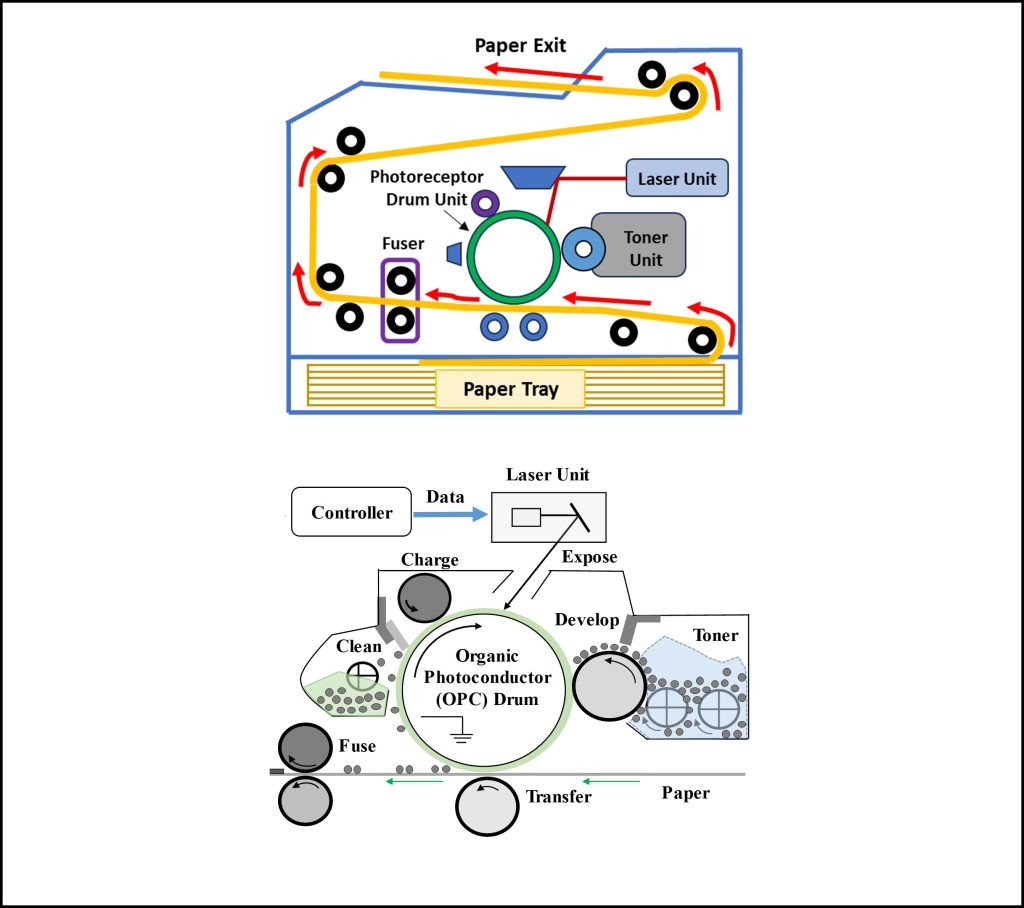
시스템 아키텍처 설계 및 최적화는 시스템의 전체적인 성능, 개발 기간 및 비용, 그리고 생애 주기 운용 비용에 가장 큰 영향을 미치는 부분이다. 시스템 엔지니어링 연구실에서는 시스템 아키텍처 설계 및 최적화를 효율적으로 수행하기 위한 다양한 방법론들 및 알고리즘들을 연구하고 있다.
대표 논문 목록
1. Balaci, A., Suh, E., Hwang, J., “Systematic application of traffic-signal-control system architecture design and selection using model-based systems engineering and Pareto frontier analysis”, Systems Engineering, 27(5), 2024, pp. 931-954 (Link)
2. Jung, S., Sinha, K., Suh, E., “Domain mapping matrix-based metric for measuring system design complexity”, IEEE Transactions on Engineering Management, 69(5), 2022, pp. 2187-2195 (Link)
3. Ahn, J., Choi, M., Suh, E., “Entropy based system assessment metric for determining architecture’s robustness to different stakeholder perspectives”, Systems Engineering, 21, 2018, pp. 476-489 (Link)
모듈러 시스템 설계
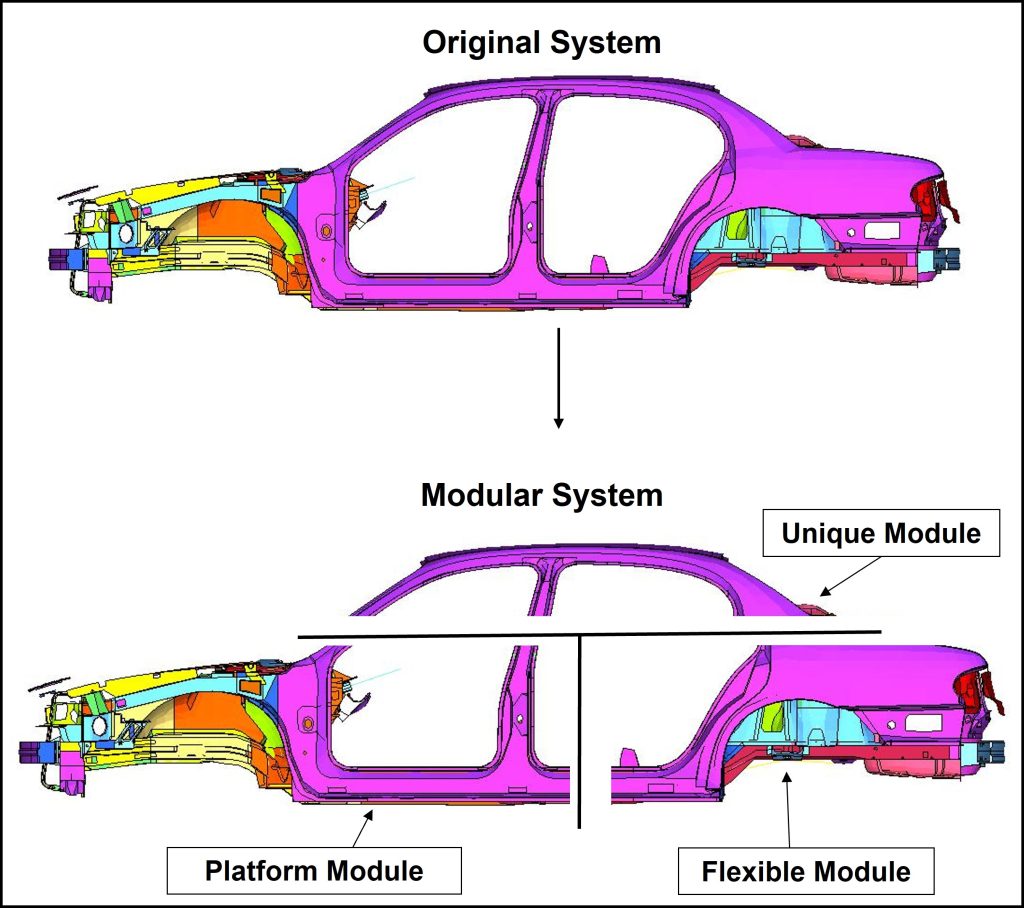
복잡한 시스템을 효율적으로 설계 하고 개발할 수 있는 방안은 시스템의 아키텍처를 모듈화 하여 설계, 개발 및 통합을 단순화 하는 것이다. 시스템 엔지니어링 연구실에서는 시스템 아키텍처의 모듈화와 관련된 다양한 연구들을 수행하고 있으며 도출된 결과들을 여러 기업들의 시스템 개발에 반영하고 있다.
대표 논문 목록
1. Suh, E., de Weck, O., Chang, D., “Flexible product platforms: framework and case study”, Research in Engineering Design, 18(2), 2007, pp. 67-89 (Link)
2. Sinha, K., Suh, E., “Pareto-optimization of complex system architecture for structural complexity and modularity”, Research in Engineering Design, 29, 2018, pp. 123-141 (Link)
3. Suh, E., Sinha, K., Ahn, J., “Multi-attribute optimization-based system decomposition considering several value chain stakeholder perspectives”, Research in Engineering Design, 31, 2020, pp. 411-428 (Link)
모델 기반 기술 로드맵 구축
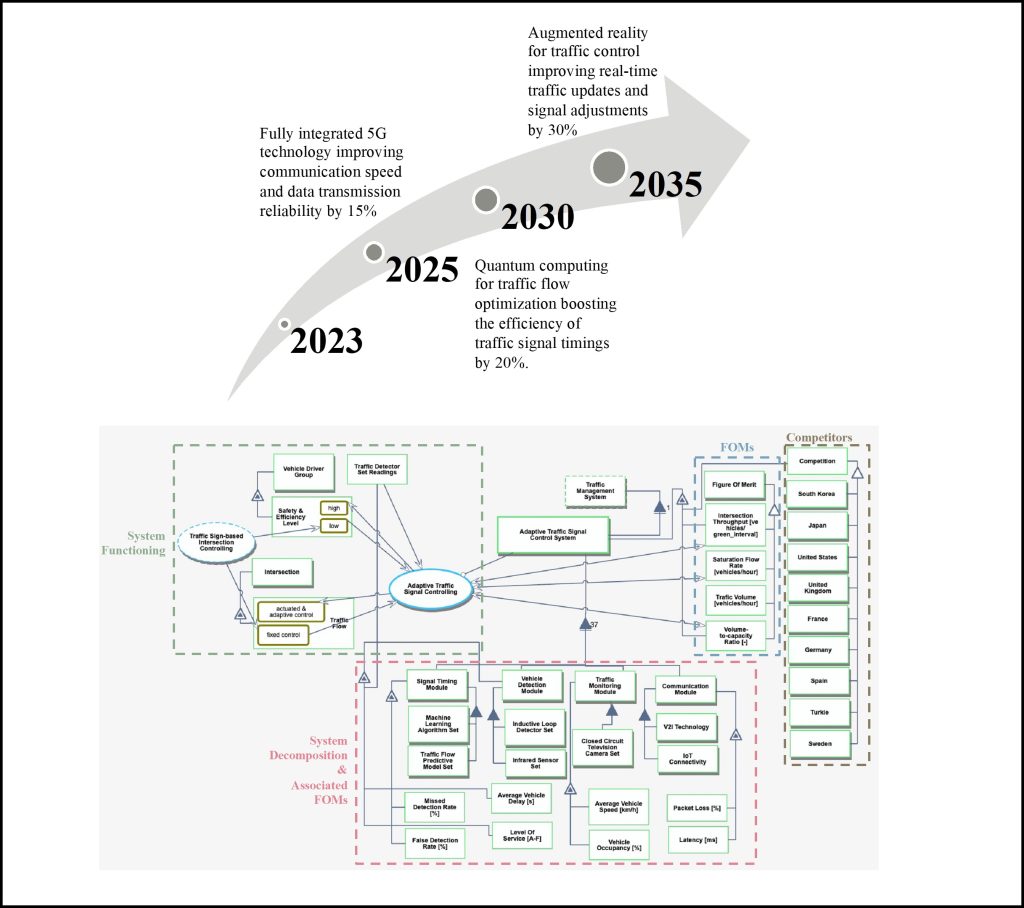
하이-테크 기업들의 경쟁력 향상 및 시장 점유율 확보를 위해서는 기업들이 출시하는 제품들의 지속적인 성능 향상을 위한 신기술 연구가 필수이며, 이렇게 숙성된 신기술들을 전략적으로 자사 제품들에 적용하는 계획을 제시하는 기술 로드맵은 기업의 성공에 중요한 요소이다. 시스템 엔지니어링 연구실에서는 공학적인 시스템 모델들을 기반으로 하는 체계적인 기술 로드맵 구축 방법론과 신기술 가치 평가 방법론을 중점적으로 연구하고 있다.
대표 논문 목록
1. Balaci, A., Suh, E., “Systematic approach to a government-led technology roadmap for future-ready adaptive traffic signal control system”, Systems Engineering, Online, 2024 (Link)
2. Moon, J., Suh, E., “Multiple technology Infusion assessment: a framework and case study”, Research in Engineering Design, 34, 2023, pp. 347-366 (Link)
3. Suh, E., Furst, M., Mihalyov, K., de Weck, O., “Technology infusion for complex systems: a framework and case study”, Systems Engineering, 13, 2010, pp. 186-203 (Link)
스마트 팩토리 모델링
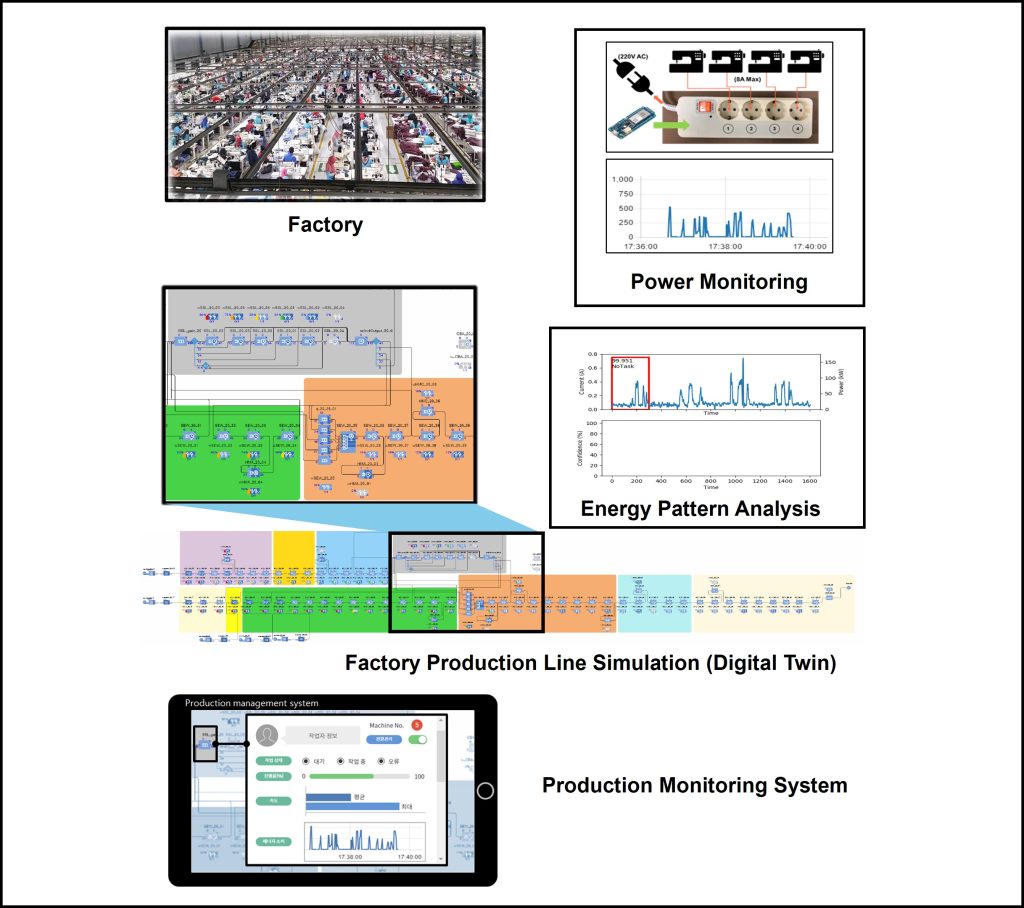
IoT 및 디지털 트윈의 등장으로 생산 시스템이 패러다임이 스마트 팩토리라는 주제 아래 빠르게 변화되어 가고 있으며 이러한 패러다임을 도입하려는 노력이 전통적인 생산 현장에서도 전방위적으로 진행되고 있다. 시스템 엔지니어링 연구실에서는 스마트 팩토리 패러다임을 전통적인 생산 시스템에 적용할 수 있도록 모델 기반의 타당성 연구를 의류 기업과의 산학을 통해 수행하였다.
대표 논문 목록
1. Jung, W., Song, Y., Suh, E., “Garment production line optimization using production information based on real-time power monitoring data”, Systems Engineering, 27(2), 2024, pp. 338-353 (Link)
2. Jung, W., Kim, H., Park, Y., Lee, J., Suh, E., “Real-time data-driven discrete-event simulation for garment production lines”, Production Planning & Control, 33(5), 2033, pp. 480-491 (Link)
3. Jung, W., Park, Y., Suh, E., “Simulation-based hybrid optimization method for the digital twin of garment production lines”, Journal of Computing and Information Science in Engineering, 21(3), 2021 (Link)
